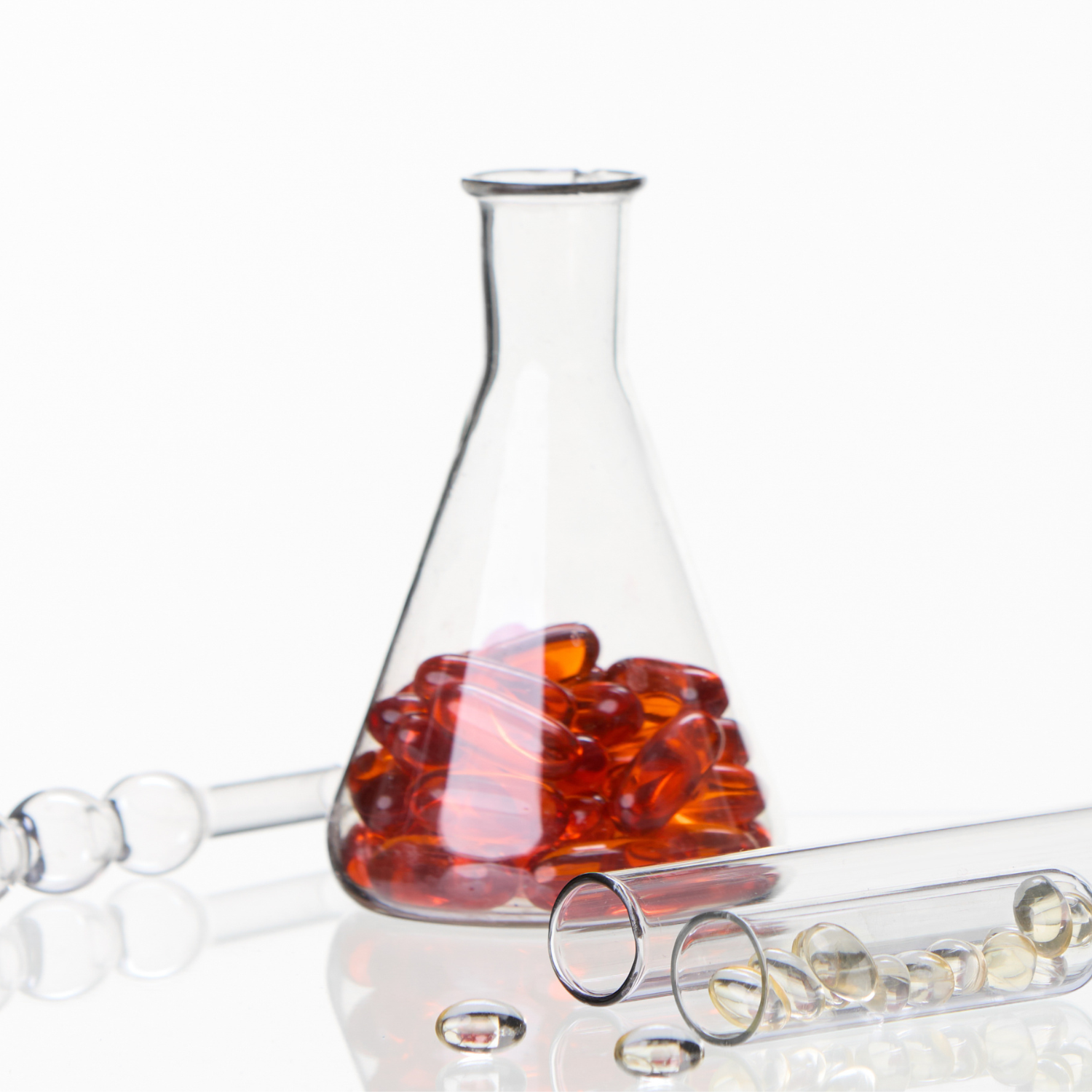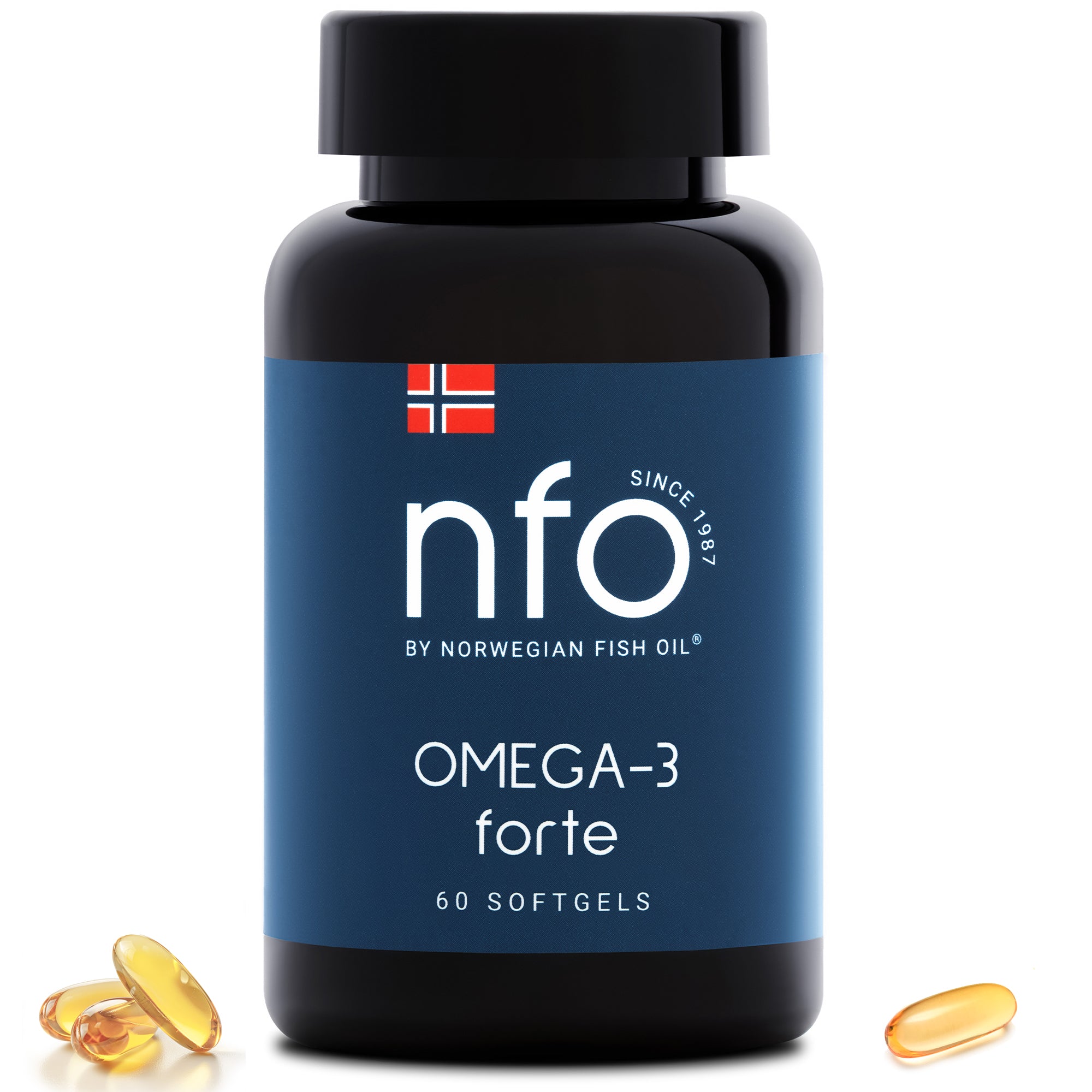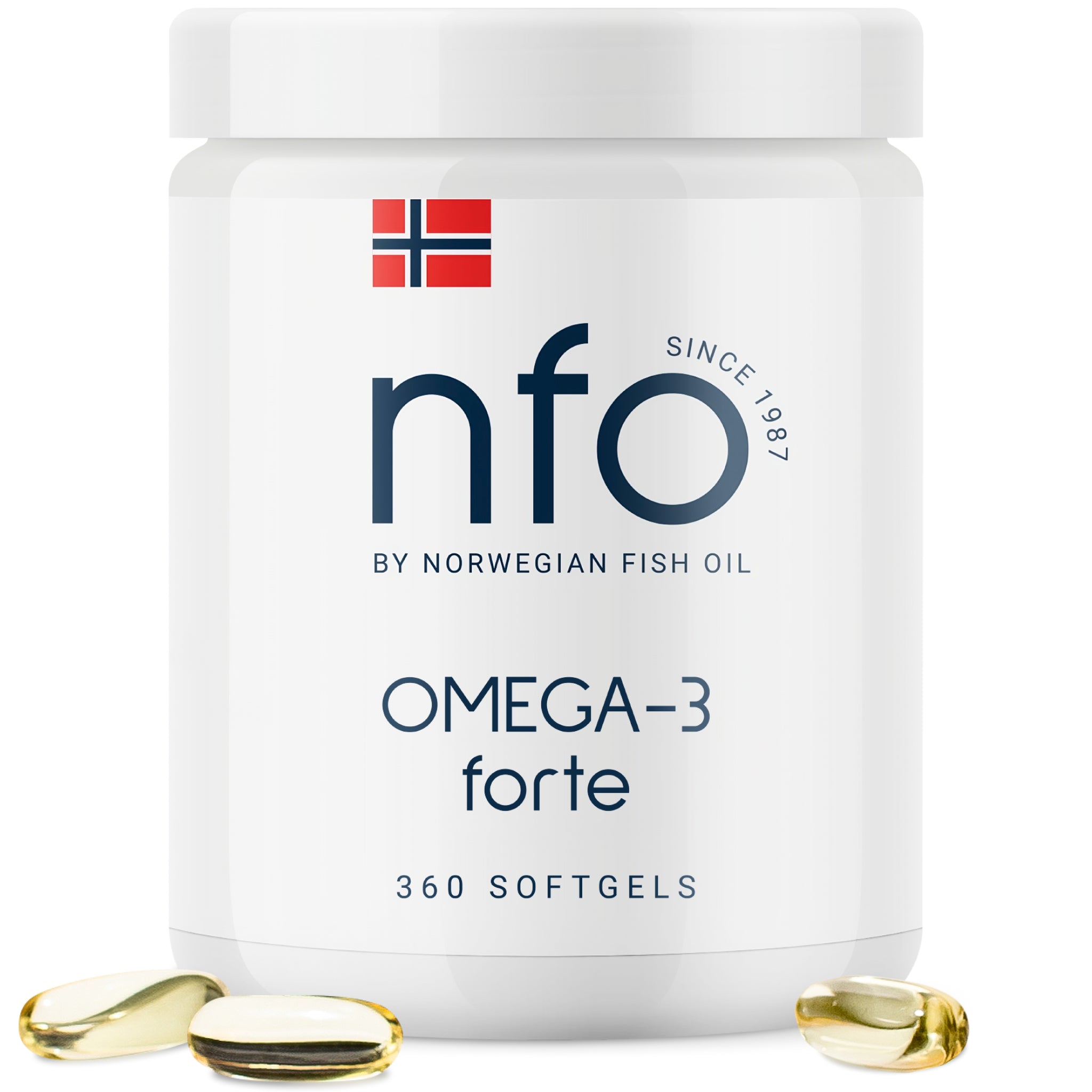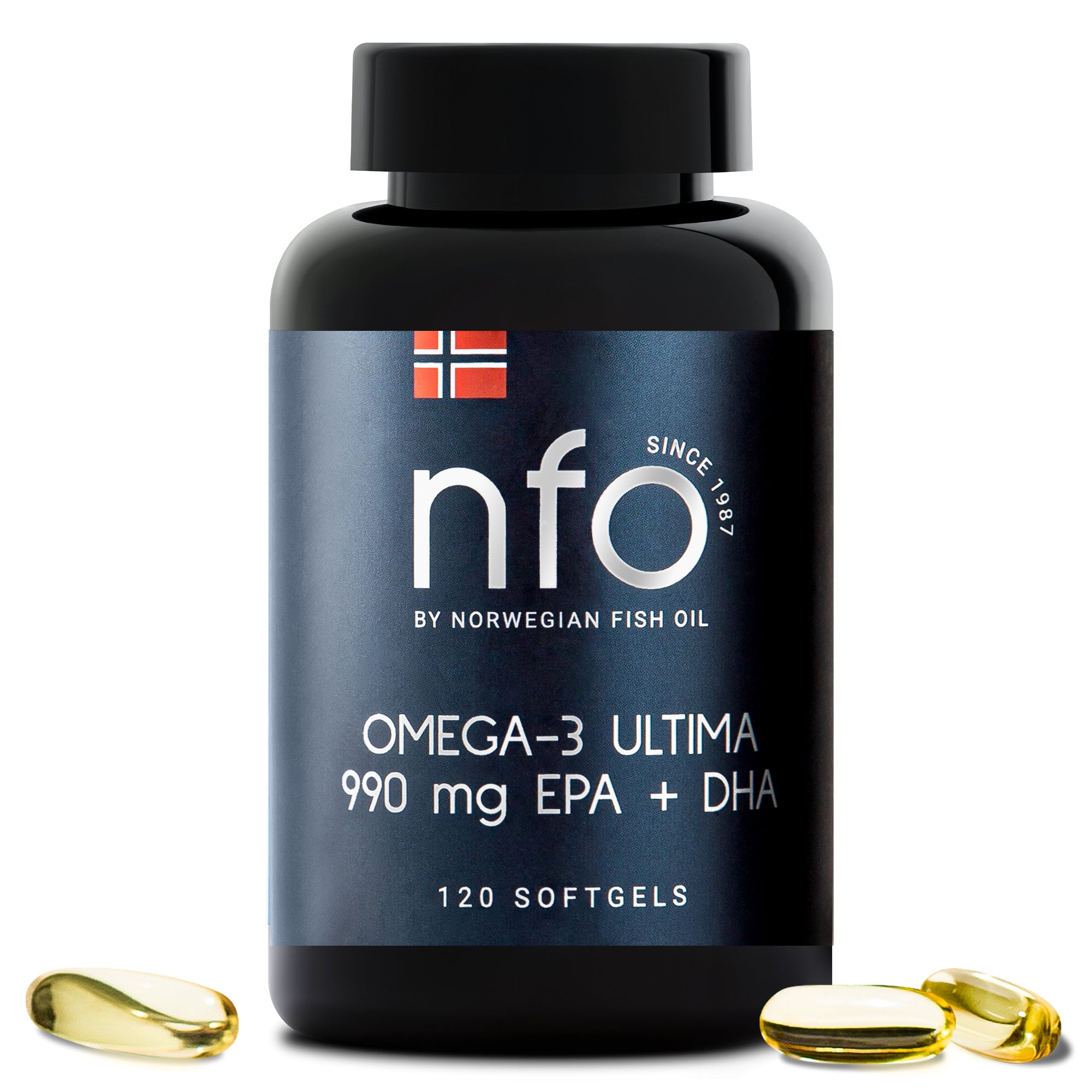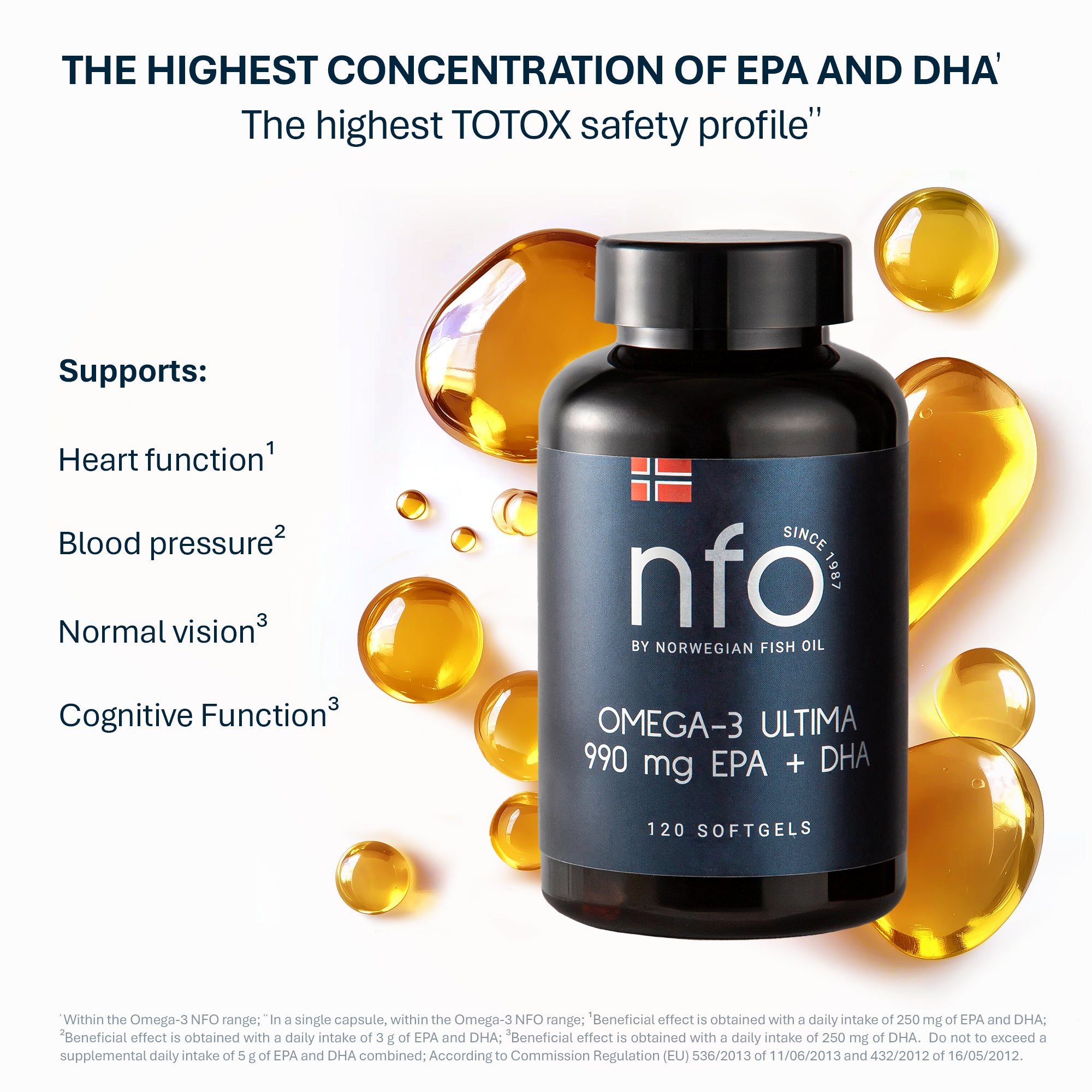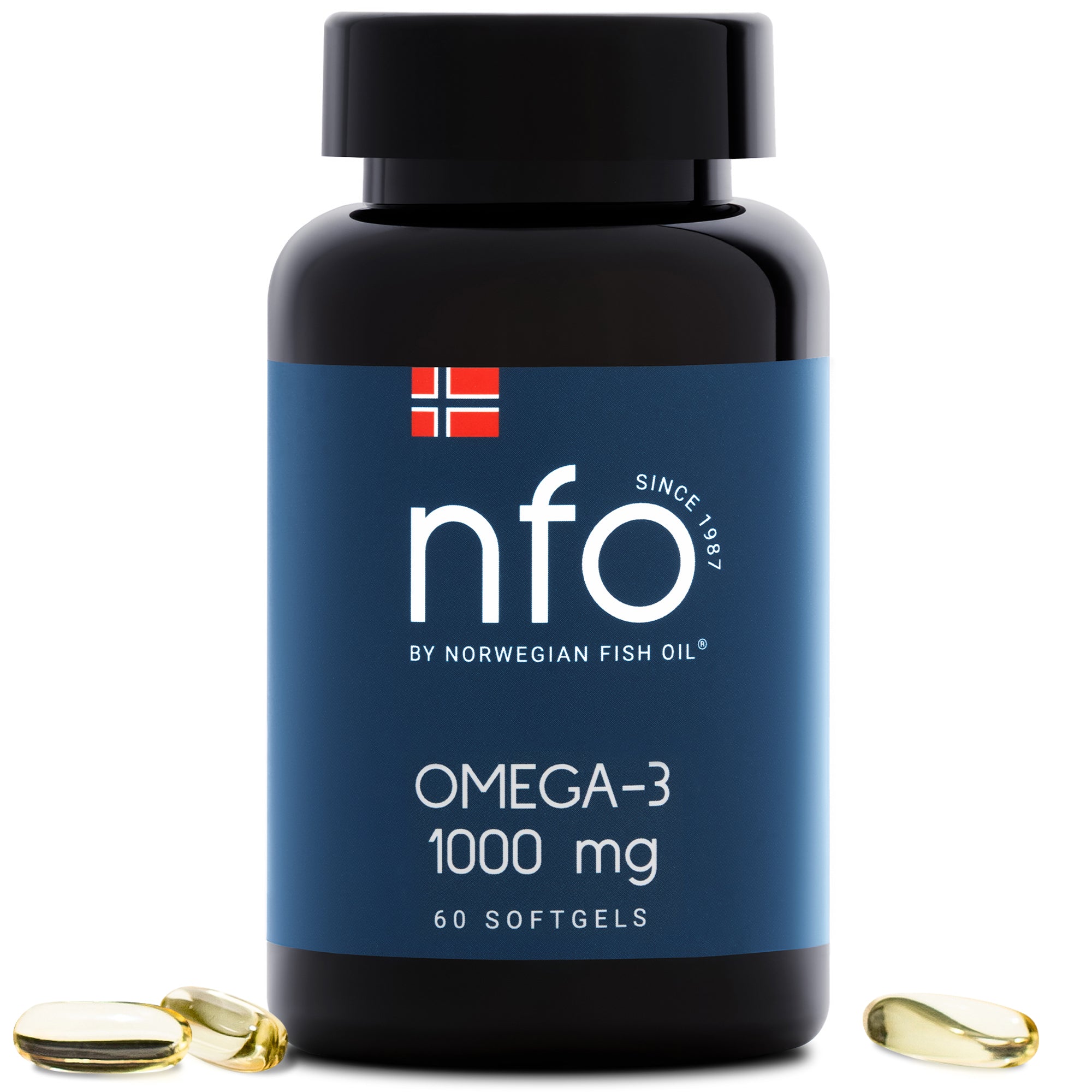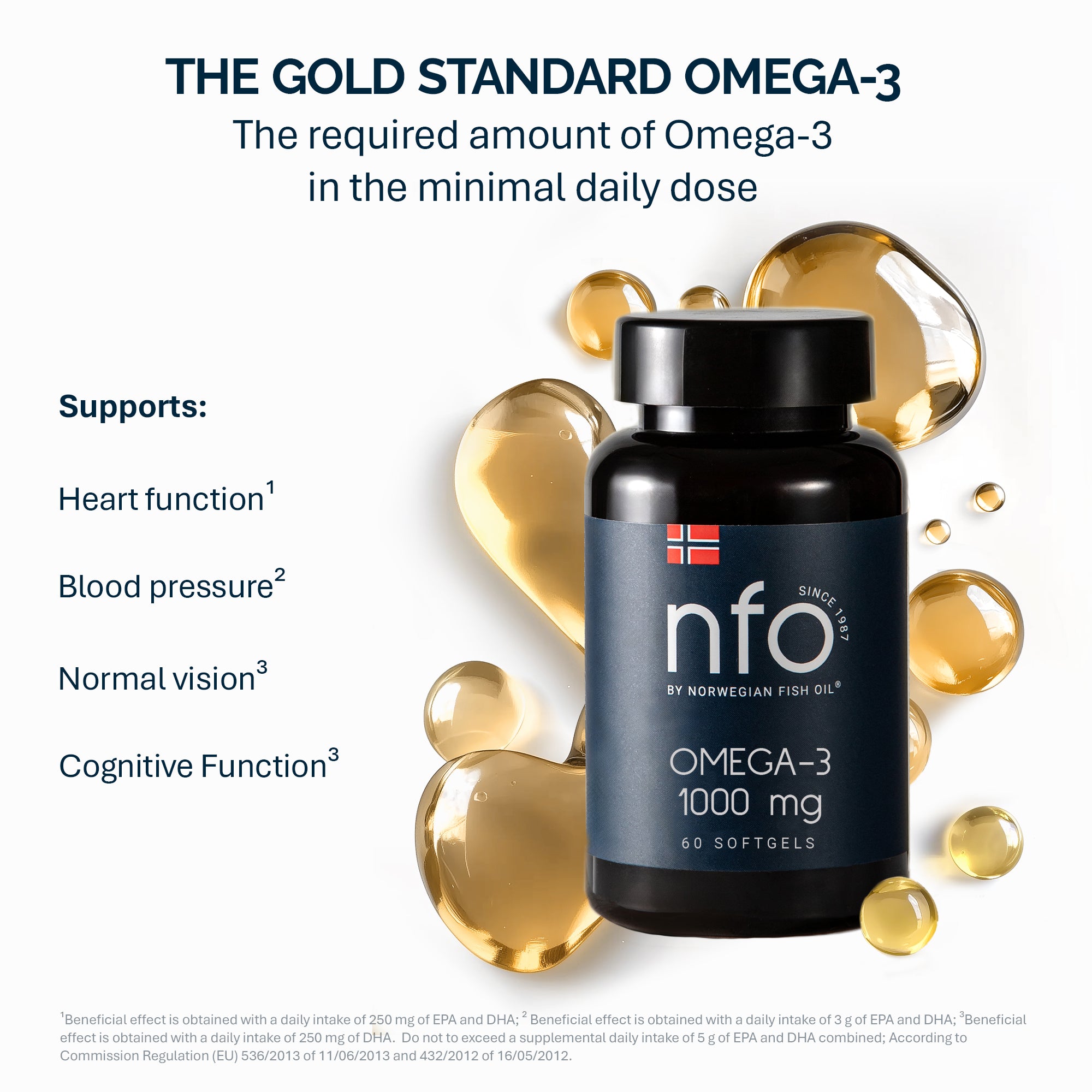Fish oil products are prized for their omega-3 fatty acids (EPA and DHA), but these oils are highly prone to oxidation. Over time or under poor storage conditions, fish oil can turn rancid, developing off-flavors and losing nutritional value. In the omega-3 industry, the Total Oxidation Value, or TOTOX, is used as a comprehensive indicator of an oil’s freshness and quality. This educational overview will explain what TOTOX is, why it matters for fish oil, how it’s measured, and what steps the industry takes – from sourcing to labeling – to keep fish oil products fresh.
What is TOTOX? Understanding Oxidation in Fish Oil
TOTOX stands for Total Oxidation Value, a parameter that reflects the overall oxidation state of an oil. It combines measurements of primary oxidation products (peroxides) and secondary oxidation products (aldehydes) into one number. Mathematically, TOTOX is calculated as:
TOTOX = 2 × Peroxide Value (PV) + Anisidine Value (AV).
This formula accounts for both early and later stages of fat oxidation. Peroxide Value and Anisidine Value are the two components of TOTOX, each measuring a different aspect of oil degradation. To understand TOTOX, let’s break down these components:
Peroxide Value (PV) – Primary Oxidation
Peroxide Value (PV) measures the amount of peroxides (primary oxidation products) in the oil. When unsaturated fatty acids in fish oil oxidize, the first compounds formed are lipid hydroperoxides. PV is expressed in milliequivalents of oxygen per kilogram of oil, indicating how much peroxide oxygen has been generated. A high PV means the oil has accumulated peroxides from initial oxidation. However, PV alone can be misleading – as oxidation progresses, peroxides may break down into secondary products, causing PV to decrease even though the oil is still degrading. In other words, a low PV by itself isn’t always proof of freshness, because peroxides might have already decomposed. That is why measuring only primary oxidation is not sufficient; we need a secondary measure for the later-stage oxidation.
Anisidine Value (AV) – Secondary Oxidation
p-Anisidine Value (AV) gauges the level of aldehydes (secondary oxidation products) in the oil. As peroxides in rancid oil decompose, they form reactive carbonyl compounds like aldehydes, which contribute to off-flavors and odors. The AV is determined via a colorimetric test: the oil is reacted with p-anisidine reagent, and the increase in absorbance (at about 350–366 nm) indicates the concentration of aldehydes. In practical terms, AV specifically measures compounds such as 2-alkenals and 2,4-dienals that result from the breakdown of peroxides. A higher AV means more secondary oxidation has occurred. AV is thus a marker of past oxidation history, revealing if an oil has been extensively oxidized even if current peroxide levels are low.
How PV and AV Combine into TOTOX
On their own, PV and AV each tell only part of the story. TOTOX combines these values to provide a complete picture of oxidation, accounting for both ongoing formation of peroxides and the accumulation of aldehydes from peroxides that have already broken down. By the TOTOX formula, the PV is doubled in the calculation because peroxides are an early indicator that can later vanish as secondary products form. The goal of using TOTOX is to ensure that an oil isn’t simultaneously high in peroxides and aldehydes. In fact, international standards set a maximum TOTOX limit that is lower than what you’d get if both PV and AV were individually at their allowed peaks. TOTOX, literally “total oxidation,” is widely employed across the fish oil industry as an index of overall freshness and quality. The lower the TOTOX, the fresher (less oxidized) the oil. Conversely, a high TOTOX signifies a product that has undergone significant oxidation and may have inferior quality.
Why TOTOX is a key indicator of freshness and quality
Freshness matters – a fish oil that’s fresh will deliver its nutritional benefits without the nasty smell or taste of rancidity. TOTOX is considered one of the most important quality indicators for omega-3 oils because it directly reflects how much oxidation has occurred. A low TOTOX value signals that the oil has minimal oxidation products, which correlates with a neutral taste and retained nutritional potency. As global omega-3 experts explain, the lower the TOTOX value, the higher the quality of the oil – it means fewer oxidation byproducts are present (since oxidation is the main factor that deteriorates fat quality).
Industry and regulatory bodies emphasize TOTOX when judging fish oil quality. The Global Organization for EPA and DHA Omega-3 (GOED) describes TOTOX as “the most important indicator to determine the quality of fish oil”. Because TOTOX captures both early and advanced oxidation, it gives manufacturers and consumers confidence that a fish oil is genuinely fresh. An oil might have a low peroxide value but a high anisidine value (indicating past oxidation) – in such cases, the TOTOX would reveal the issue whereas peroxide value alone might falsely appear acceptable. By looking at TOTOX, one avoids being fooled by oils that have either hidden, early-stage oxidation or have already oxidized past the peroxide stage. Simply put, TOTOX is a proxy for fish oil freshness. It’s a quick way to answer: How “fresh” or “rancid” is this oil overall? A high-quality fish oil will have a very low TOTOX, indicating negligible oxidation and a product that tastes and smells clean.
Furthermore, TOTOX is key for consumer protection. Fish oil oxidation can be hard for a buyer to detect if the product is encapsulated or flavored. Many omega-3 supplements add lemon or other flavorings precisely to mask any fishy odor. A TOTOX test in the lab, however, doesn’t lie – it quantifies freshness regardless of masking flavors. For industry professionals, maintaining a low TOTOX is crucial not only for meeting quality standards but also for preserving the brand’s reputation – no one wants their product to be the one that smells “fishy” or fails third-party quality testing. In summary, TOTOX is a cornerstone metric that signals whether a fish oil product is fresh and of high quality or whether it has started down the path toward rancidity.
Quality standards and acceptable TOTOX limits
What counts as a “good” TOTOX value? International standards provide clear benchmarks for maximum oxidation levels in high-quality fish oils. Both the Codex Alimentarius (an international food standards code) and the GOED Voluntary Monograph (industry standards) specify allowable limits for Peroxide Value, Anisidine Value, and TOTOX in fish oils. In general, premium fish oil should meet the following upper limits:
-
Peroxide Value (PV) – ≤ 5.0 milliequivalents of peroxide oxygen per kilogram of oil
-
Anisidine Value (AV) – ≤ 20.0 (unitless, absorbance-based measure of aldehydes)
-
Total Oxidation (TOTOX) – ≤ 26 (calculated from PV and AV as above)
These thresholds represent the boundary between acceptable freshness and potential rancidity. For instance, a PV of 5 meq/kg is considered the highest peroxide level for quality oils – beyond that, the oil has accumulated too many peroxides (primary oxidation). An AV of 20 is the cap for secondary oxidation products. If both PV and AV were at their limits, the calculated TOTOX would be 2×5 + 20 = 30, which is above the TOTOX limit of 26. The TOTOX ceiling of 26 ensures neither type of oxidation product is excessive simultaneously. In practice, manufacturers aim for values far below these maxima. For example, an oil might have PV ~1 and AV ~3, giving a TOTOX around 5 – indicating an exceptionally fresh oil well within standards.
Regulatory and certification bodies echo these limits. Codex Alimentarius’s Standard for Fish Oils mandates PV ≤5, AV ≤20, TOTOX ≤26 for most fish oils destined for human consumption. The GOED Voluntary Monograph adopts similar strict limits, and GOED member companies must adhere to them as a condition of membership. The International Fish Oil Standards (IFOS) program and other third-party testers also use these numbers when rating products. Exceeding these limits means a fish oil is oxidized beyond what is considered safe and high-quality – in other words, it would be flagged as rancid or substandard.
It’s worth noting that some fish oil suppliers advertise TOTOX values dramatically below the 26 limit to showcase freshness (e.g., a TOTOX in the low teens or single digits). A TOTOX of 26 is the maximum for quality acceptance, but lower values are always better for consumers. In summary, high-quality fish oils will always have PV ≤ 5, AV ≤ 20, and TOTOX ≤ 26 according to global standards. When evaluating omega-3 products, professionals often look for test results or certificates confirming the oil meets these benchmarks.
How oxidation affects nutrition, safety, and sensory properties
Oxidation doesn’t just change a number on a lab report – it has real consequences for the nutritional integrity, safety, taste, and smell of fish oil. Understanding these impacts underscores why controlling TOTOX is so important:
-
Nutritional Integrity: Oxidation gradually destroys the beneficial omega-3 fatty acids in fish oil. The EPA and DHA begin to break down when they react with oxygen. As a result, an oxidized (rancid) fish oil delivers fewer health benefits. Research has shown that as fish oil supplements become more oxidized, the nutritional benefits delivered to the consumer are reduced. In other words, rancid oil may not provide the cardiac, cognitive, or anti-inflammatory benefits that fresh omega-3s do, because some of those fatty acids have deteriorated. Highly oxidized oils may also contain compounds that the body doesn’t recognize or utilize as effectively as fresh omega-3s. For a consumer taking fish oil “for the omega-3s,” an oxidized product is essentially failing to give the full dose of actives – it’s less effective, and you’re not getting what you paid for.
-
Safety and Health: Beyond lost potency, there’s an ongoing scientific question about whether consuming oxidized fats poses direct health risks. Some evidence suggests it could. For example, consuming oxidized oils has been linked to vascular inflammation, which is a key contributor to cardiovascular disease. Animal studies have found that large doses of oxidized lipids can cause organ damage and growth retardation, raising concerns about long-term intake of rancid fats. While human data is still emerging, experts consider it wise to minimize intake of oxidized oils as a precaution. Notably, a highly oxidized fish oil might raise levels of LDL (“bad”) cholesterol or markers of oxidative stress, as hinted by some studies. The European Food Safety Authority (EFSA) evaluated this issue in 2010 and noted that while PV and AV are the best measures of rancidity, current knowledge doesn’t allow setting a firm safe limit for oxidized fish oils – but maintaining low oxidation is clearly preferred. In short, a fresh fish oil is not just more effective, it’s potentially safer, whereas a rancid one could have negative effects (or at least unnecessary oxidative byproducts) in the body. Until more is known, quality standards err on the side of caution by demanding low oxidation.
-
Sensory Properties (Taste and Smell): The most obvious effect of oxidation is rancidity – that characteristic “off” smell and taste. Fresh fish oil has little to no odor and a bland taste, but oxidized fish oil develops a strong fishy taste and a rotten, sour smell. This is due to volatile oxidation byproducts (like aldehydes and ketones) that are released as the oil spoils. Humans are very sensitive to these cues; in fact, the odor of rancid fish is a natural warning sign that screams “do not eat”. For consumers, a fish oil supplement that repeats on them with a fishy burp or has a foul smell when cut open is a red flag of oxidation. Taste and smell are critical for compliance – people won’t continue taking a supplement that makes them gag. That’s why many fish oil products are flavored (mint, citrus, etc.) to mask any slight oxidation. However, flavoring can hide the problem but not fix it. An extremely oxidized oil might still taste bad even through flavoring, and even if it doesn’t, the consumer is still ingesting those oxidation compounds. In the food industry, sensory panels and consumer feedback are often used alongside TOTOX measurements. If an oil approaches the TOTOX limit, it’s very likely to have at least a detectable smell or taste defect. Rancidity is not only unpleasant – it is essentially a quality failure that can erode consumer trust (no one wants “fish oil” to literally taste like old fish). Therefore, maintaining low oxidation ensures the product stays palatable and pleasant, in addition to being nutritionally sound.
In summary, oxidation robs fish oil of its goodness and can introduce negatives: fewer omega-3 benefits, possible harmful effects, and an awful sensory experience. These are all compelling reasons for manufacturers to minimize oxidation (low TOTOX) and for professionals to monitor oxidation metrics in fish oil products.
Measuring TOTOX: how the industry tests for oxidation
Given the importance of oxidation control, the fish oil industry has established standardized lab testing methods to quantify PV and AV (and thereby TOTOX). Quality control labs – whether in-house or third-party – routinely perform these tests on fish oil batches:
-
Peroxide Value (PV) Testing: The classical method for PV is an iodometric titration. In this test, the oil sample is treated with potassium iodide; any peroxides present will oxidize the iodide to iodine. The amount of iodine generated (titrated with sodium thiosulfate using a starch indicator) corresponds to the peroxide content, reported in meq O₂/kg. There are official protocols (e.g., ISO 3960 or AOCS Cd 8b-90) that detail this procedure. Some modern labs use automated peroxide test kits or potentiometric titrators for efficiency, but the chemistry is the same – they measure hydroperoxide levels. The PV test specifically captures those primary oxidation compounds that form early in rancidity.
-
Anisidine Value (AV) Testing: To measure secondary oxidation, labs perform the p-Anisidine test (often following AOCS Official Method Cd 18-90). The oil is dissolved in a solvent and reacted with p-anisidine, an aromatic amine, which reacts with aldehydes in the sample. This reaction produces a colored complex, and the intensity of color is measured by a spectrophotometer at a specific wavelength (typically 350–366 nm). The absorbance reading is used to calculate the anisidine value. In essence, the higher the AV, the more aldehydic compounds were in the oil sample. This test is sensitive to compounds like unsaturated aldehydes that contribute to off-flavors. Because flavorings or certain additives can interfere with the reading, tests on flavored oils require careful interpretation (some labs have developed modified methods for flavored fish oils to avoid false positives from the flavor compounds).
-
Calculating TOTOX: Once PV (a numeric value, e.g. in meq/kg) and AV (unitless) are obtained, the lab calculates TOTOX by the formula TOTOX = (2 × PV) + AV. For example, if a fish oil has PV = 2.0 and AV = 10.0, the TOTOX would be (2×2.0) + 10.0 = 14.0. This combined value is reported as an index of overall oxidation. It’s important that the PV and AV used for TOTOX come from the same sample and reflect the final product oil, because oxidation can change over time. GOED’s guidelines note that TOTOX should be calculated using results from the finished product’s tests, not from separate batches or earlier in processing. In practice, reputable manufacturers test each batch of oil for PV and AV at the time of production (and sometimes at end of shelf life for stability data) to ensure compliance.
-
Frequency and Quality Control: Fish oil producers often perform oxidation tests at multiple stages – on raw oil (crude fish oil out of the rendering plant), after refining/concentration, and on the final encapsulated or bottled product. Peroxide value can increase during storage, so some companies do periodic testing during the product’s shelf life. Many companies include oxidation measures in the Certificate of Analysis (COA) for each lot. For example, a COA might list “PV = 3 meq/kg, AV = 7, TOTOX = 13” alongside purity and EPA/DHA content. Third-party testing services (like ConsumerLab, IFOS, or NSF) may also independently verify these values. The methods used are standardized so that results are comparable across labs worldwide.
By carefully measuring these parameters, the industry ensures that fish oil hitting the market is within the freshness limits. If a batch tested above the limits (e.g., TOTOX > 26), it would typically be rejected or reprocessed if possible. Fortunately, modern processing and antioxidants often keep oxidation low from the start. To summarize, TOTOX testing involves straightforward chemical assays – titration for peroxides and a spectrophotometric test for aldehydes – that together safeguard the product’s quality. For food industry professionals, familiarity with these tests is important, as they underpin shelf-life decisions and product release specifications for omega-3 oils.
From source to shelf: sourcing, storage, and labeling to preserve freshness
Controlling oxidation in fish oil requires diligence at every step – from the sourcing of raw materials to the final packaging and labeling instructions. Here’s how producers and suppliers manage TOTOX and ensure freshness:
-
Sourcing and Production: It all starts with the raw fish and oil extraction process. The freshest fish oils often come from fisheries that handle fish rapidly and keep them cold to prevent decomposition. Once extracted, crude fish oil can begin oxidizing immediately if not handled properly. Leading producers use techniques like processing under inert gas (nitrogen) to exclude oxygen during oil extraction and refining. Antioxidants (such as mixed tocopherols, i.e. vitamin E) are frequently added right after extraction to stabilize the oil. The oil is also often chilled or kept in a vacuum environment during processing. A key factor is the time – the shorter the time from fish harvest to oil stabilization, the better. High-quality fish oils may be molecularly distilled or purified, which removes impurities that could catalyze oxidation (like heavy metals) and reduces initial peroxides. Manufacturers know that the valuable omega-3 fatty acids are highly susceptible to oxidation, so they design the production process to minimize exposure to heat and oxygen at every stage. For example, some companies source oil from species naturally high in antioxidants or immediately process livers on board fishing vessels. The result of careful sourcing and production is an oil that starts with an extremely low PV and AV, essentially giving a head-start in terms of freshness.
-
Storage and Handling: Once the oil is produced, proper storage conditions are critical to prevent oxidation from creeping in. Three main factors accelerate oil oxidation: oxygen, heat, and light. Industry best practices include storing bulk oil in airtight containers (often nitrogen-flushed drums or tanks) to limit oxygen, keeping the oil cool (refrigerated or at least in a climate-controlled warehouse), and using opaque or dark containers to block light. Many bulk fish oils are stored in steel drums with internal epoxy coatings and an inert gas blanket on top of the oil. Even at the consumer level, these principles apply: fish oil liquids are sold in dark glass bottles, and capsules are often in opaque jars or blister packs. The packaging helps shield the oil from light and air. During transit, insulated packaging might be used in hot climates to avoid high temperatures. Manufacturers also often include antioxidant boosters like rosemary extract or ascorbyl palmitate in the final formulation to scavenge any oxygen that gets in. It’s recommended that, after opening, consumers keep fish oil products in a cool, dark place with the lid tightly closed to maintain freshness. Indeed, labels typically advise storing supplements in a “cool, dry place” – this is to slow oxidation as well as microbial spoilage. By controlling the environment around the oil, companies aim to maintain low TOTOX throughout the product’s shelf life. For instance, one producer reported that with careful production and cold storage, their fish oil’s oxidation values remained extremely low (PV under 2, AV under 5) even after two years.
-
Packaging and Labeling: Packaging is the oil’s first line of defense, but labeling provides the instructions and assurance to the end user. Many quality-focused brands will highlight freshness on their labels or marketing – some even print the TOTOX value or a “freshness guarantee” on the packaging. While not all companies list the TOTOX on the consumer label, the information may be available on request or via a QR code linking to a Certificate of Analysis. Labels do, however, include expiration or “best by” dates which are determined based on predicted oxidation stability. A product with a two-year shelf life, for example, must be formulated and packaged such that its TOTOX will remain ≤ 26 (and ideally much lower) through the end of those two years. This often involves accelerated stability testing (storing the oil at higher temperature for a few weeks to simulate longer storage) to ensure oxidation remains in check. Additionally, labels instruct how to store the product after opening (e.g. “refrigerate after opening” for some liquid oils, or “keep tightly closed in a cool place”). These instructions are not just formalities – following them helps consumers avoid inadvertently promoting oxidation in their fish oil. On the sourcing side, brands that adhere to the GOED monograph or other standards may include statements like “Meets GOED quality standards” on their websites or collateral, giving informed consumers confidence. Some products carry seals from third-party testing programs (for example, IFOS 5-Star Certification, which requires low oxidation among other criteria). All of this communicates that the company has taken oxidation seriously. Finally, regulatory labeling requirements in many countries mandate that if an oil is refined, it should be labeled as such, and sometimes they require indicating the addition of antioxidants in the ingredient list. Transparent labeling of antioxidants (e.g. “contains vitamin E as a preservative”) can signal that the manufacturer has proactively protected the oil’s freshness.
In essence, ensuring low TOTOX in fish oil is a holistic process – from selecting fresh raw materials, using antioxidant strategies, controlling storage conditions, to providing guidance to the consumer. Reputable fish oil suppliers often go the extra mile by testing each batch for oxidation and making those results available. The payoff is a product that stays fresh and effective throughout its lifespan, maintaining the trust of health-conscious consumers and professionals alike.
Conclusion: the freshness factor
TOTOX might sound like a technical metric, but it boils down to a simple truth: fresh fish oil is better fish oil. By keeping an eye on TOTOX (and the PV and AV that comprise it), the industry can ensure that fish oil supplements and ingredients remain safe, nutritious, and pleasant to consume. For nutrition professionals and formulators, understanding TOTOX is key to evaluating omega-3 product quality – a low TOTOX means the oil has been well cared for, whereas a high TOTOX is a red flag. Thanks to standards from GOED, Codex Alimentarius, and others, the bar is set high: quality fish oils should have minimal oxidation, typically evidenced by TOTOX values in the low twenties or below.
In the highly competitive omega-3 market, the importance of being fresh cannot be overstated. Rancidity not only deters consumers with bad taste and smell, but it also undermines the health goals that these products are meant to support. The good news is that with modern production techniques and rigorous testing, achieving and maintaining low TOTOX is very feasible. Companies that prioritize this (and verify it through lab results) often share that information proudly, knowing it differentiates their quality. As a food industry or nutrition professional, one should always consider oxidation levels when recommending or formulating fish oil products. After all, an omega-3 supplement can only deliver its promised benefits if it’s as fresh as possible. In summary, TOTOX offers an A-to-Z window into fish oil freshness – by monitoring and minimizing it, we ensure that the oil’s goodness is preserved from the time it’s made to the moment it’s consumed, keeping the reputation of fish oil supplements shining bright (and not smelling fishy).
References







